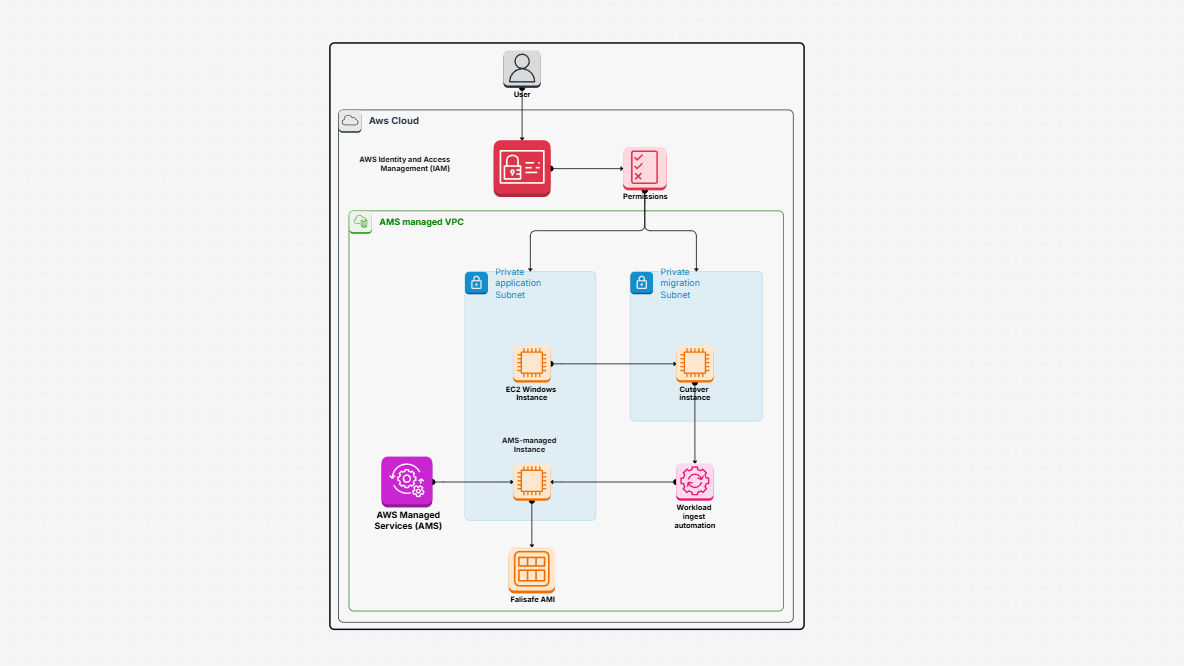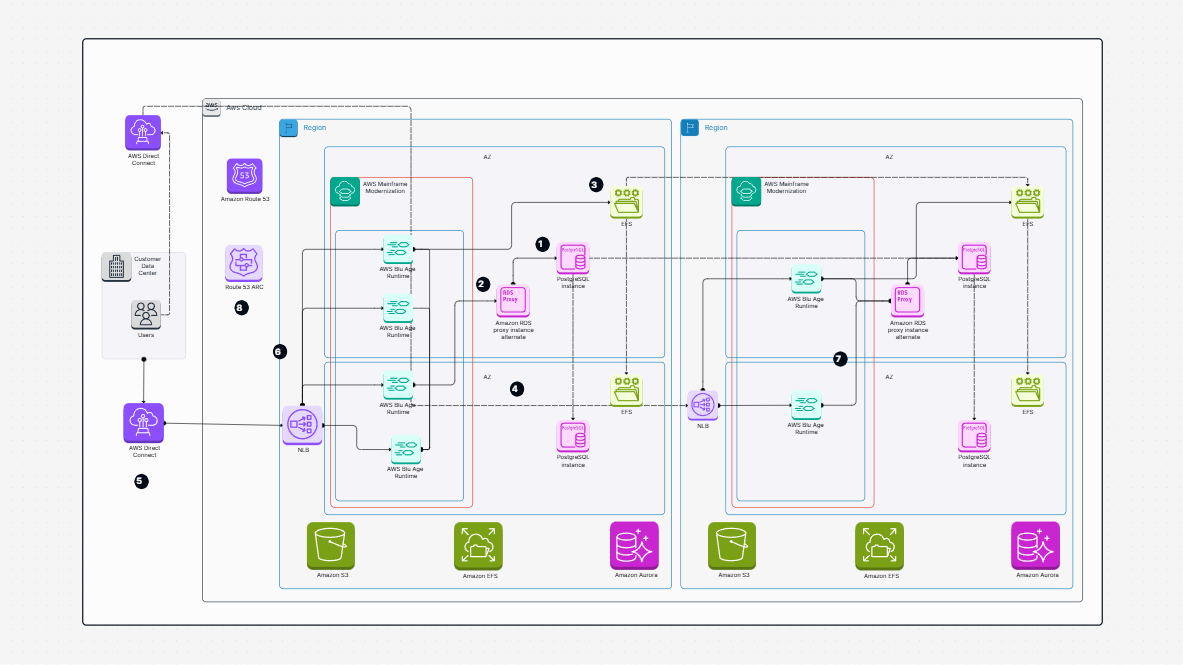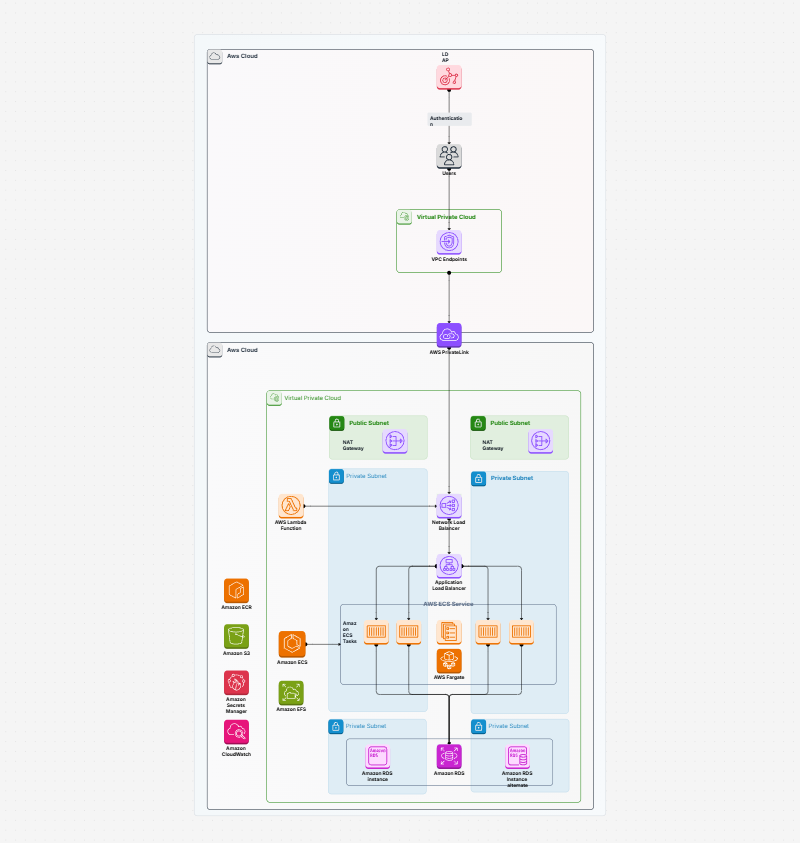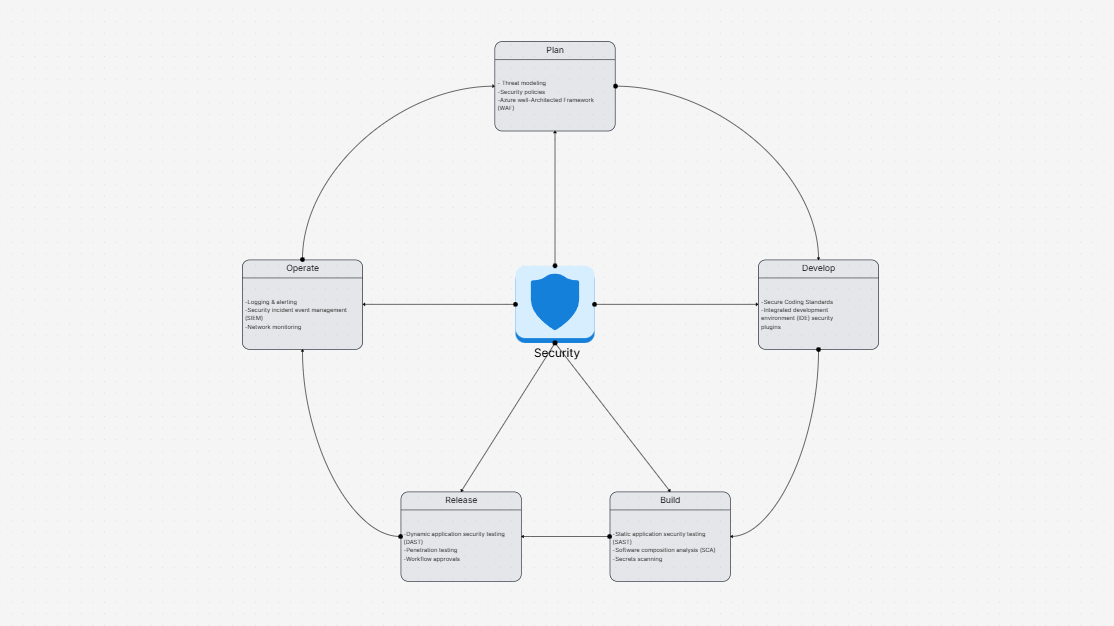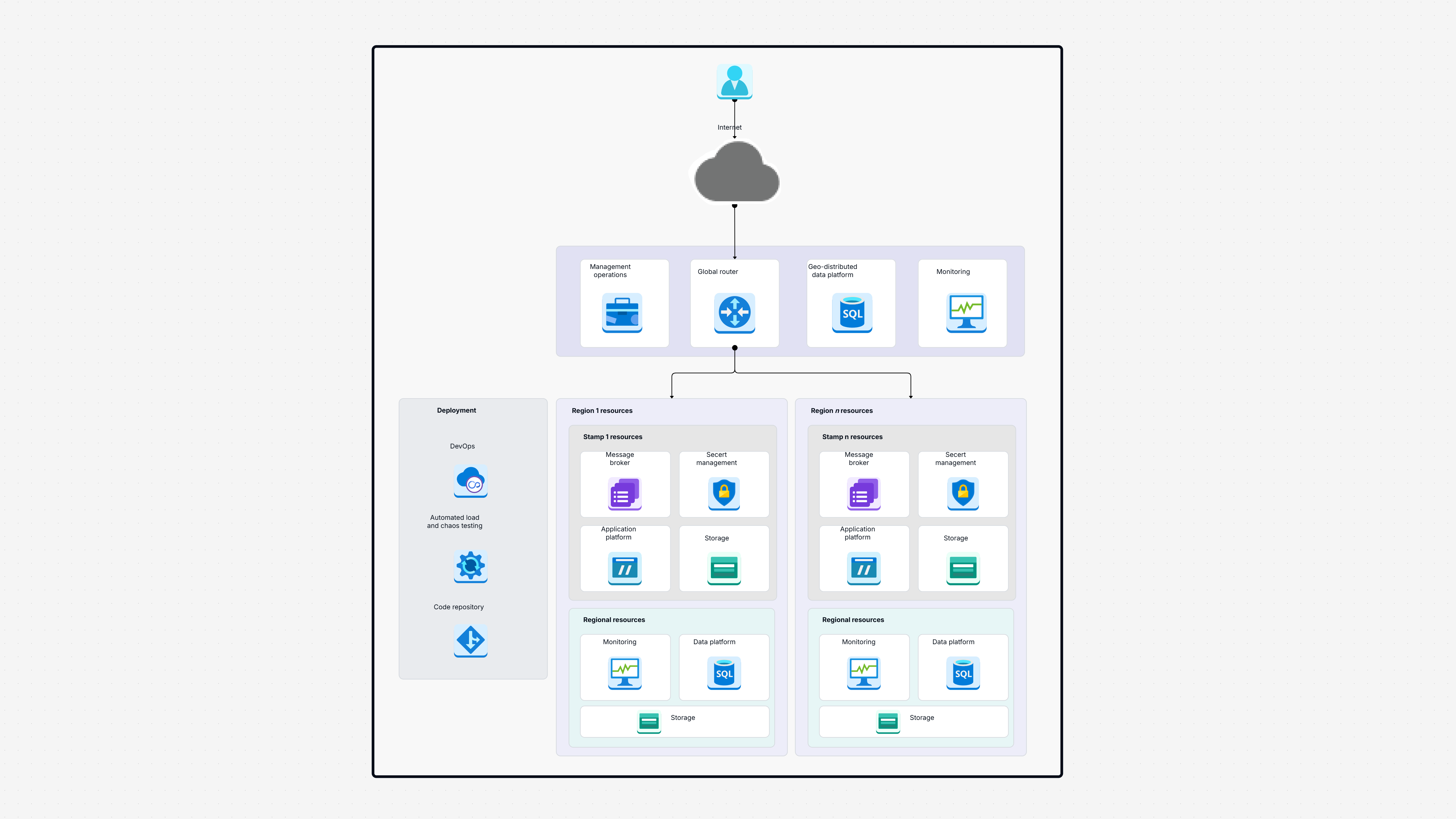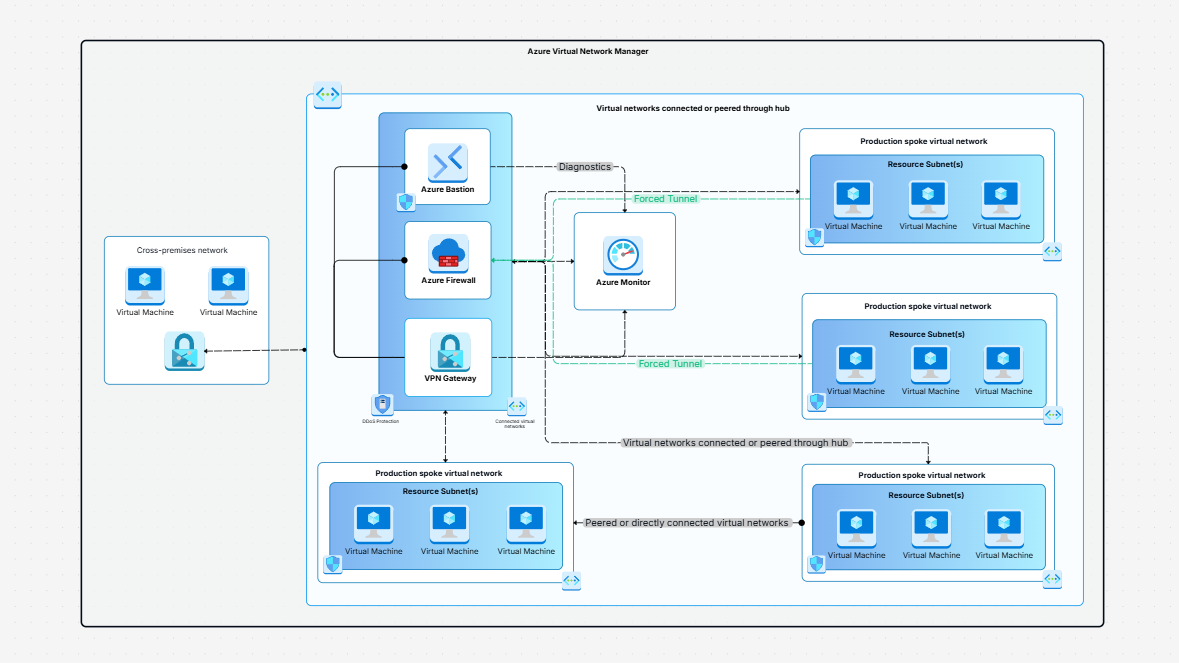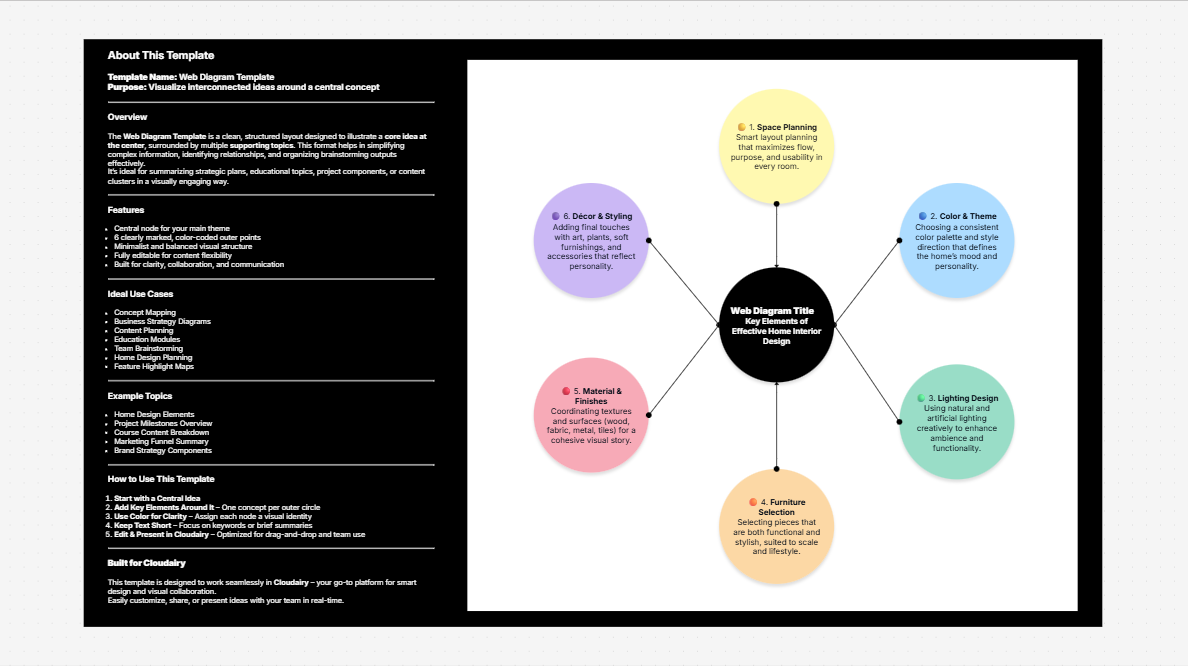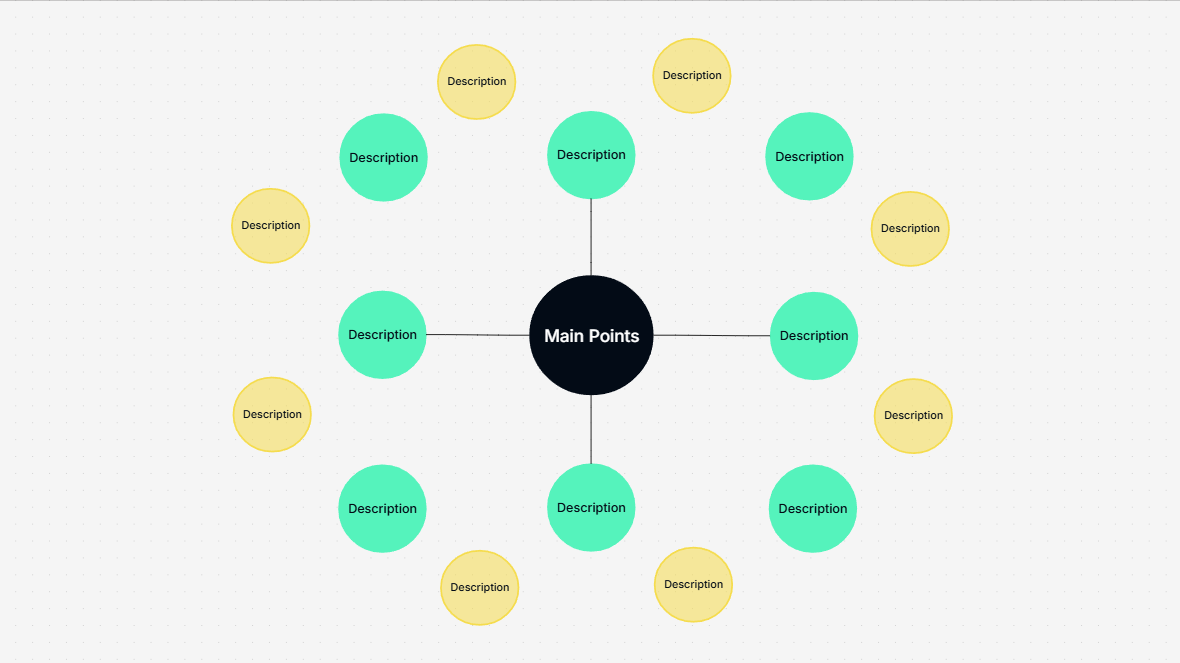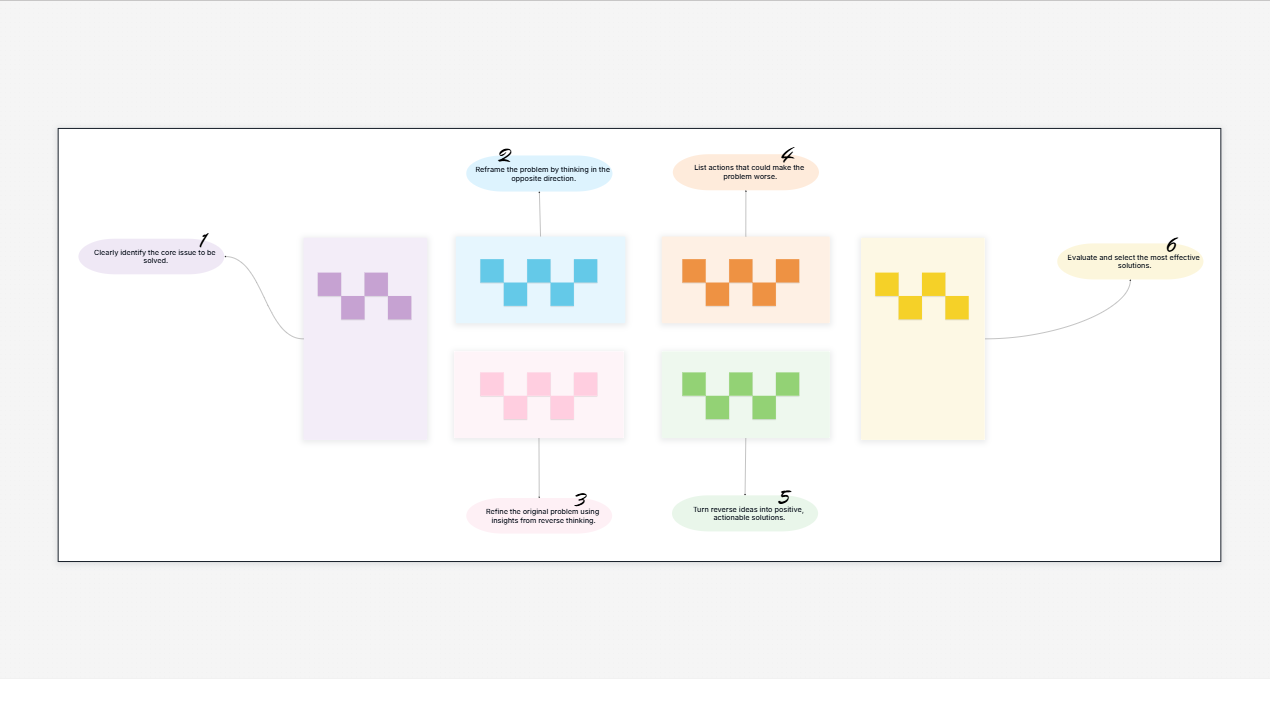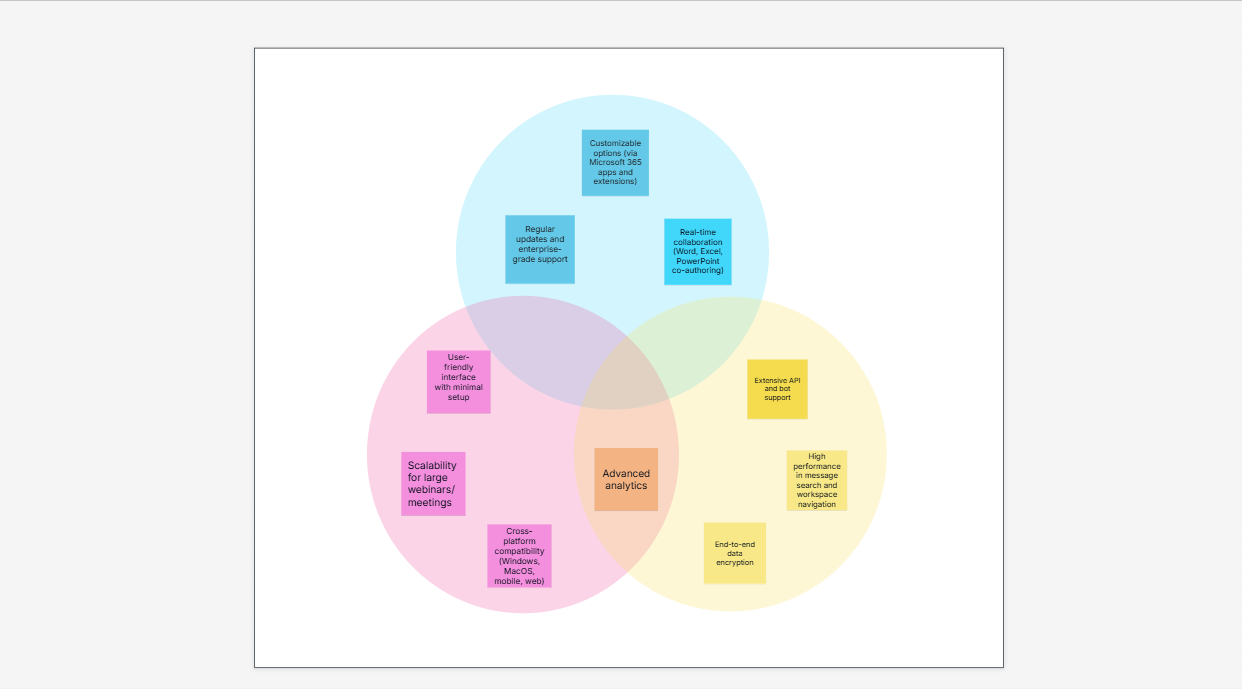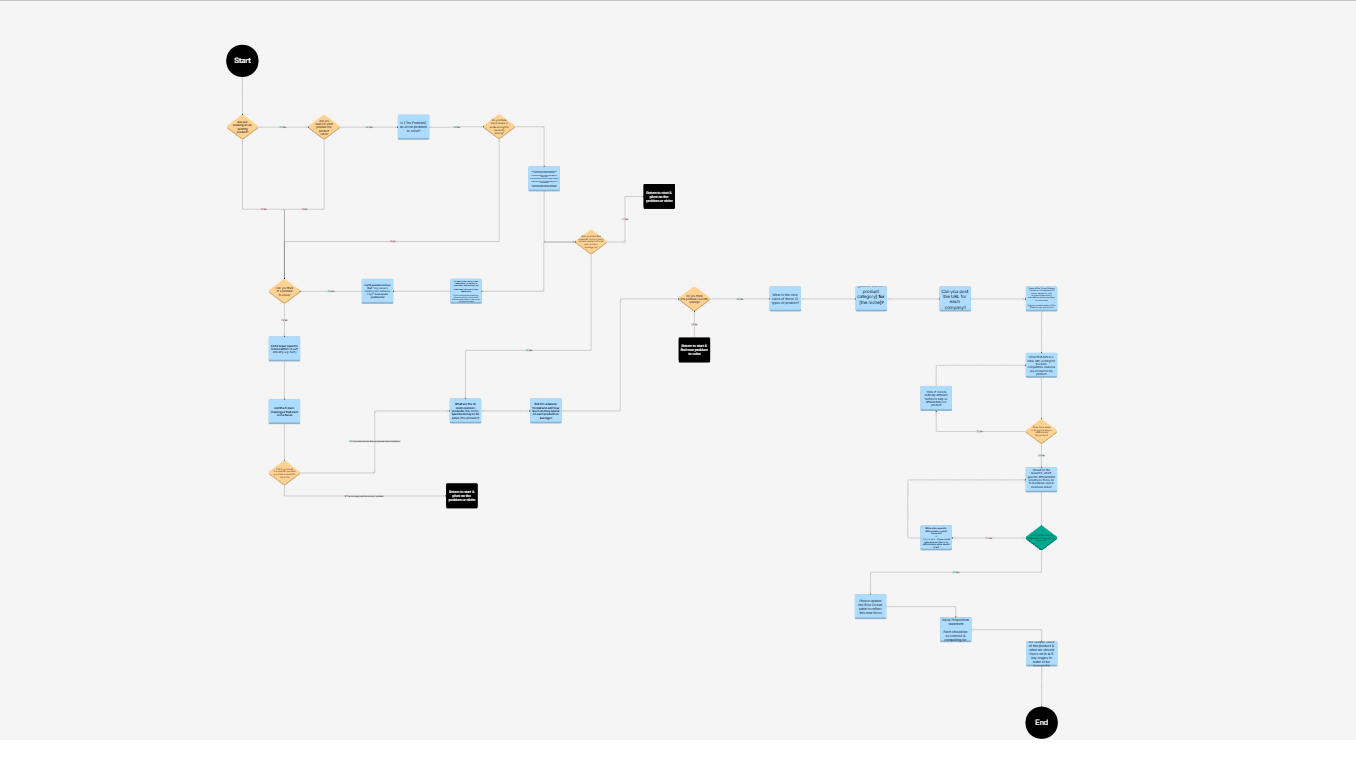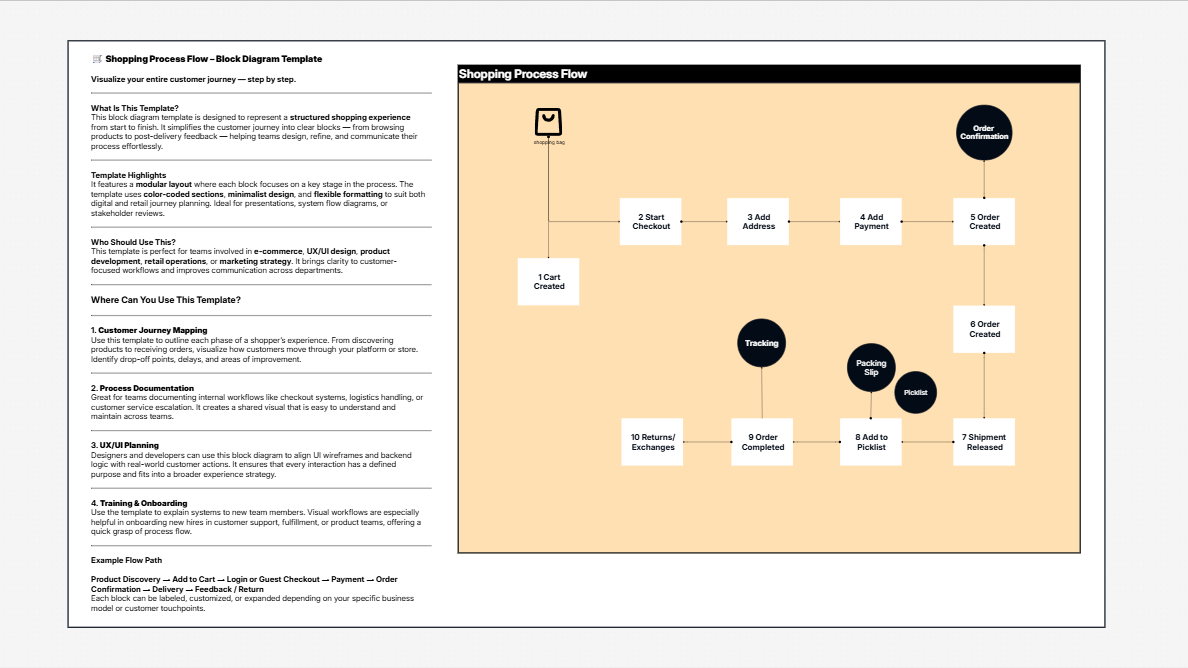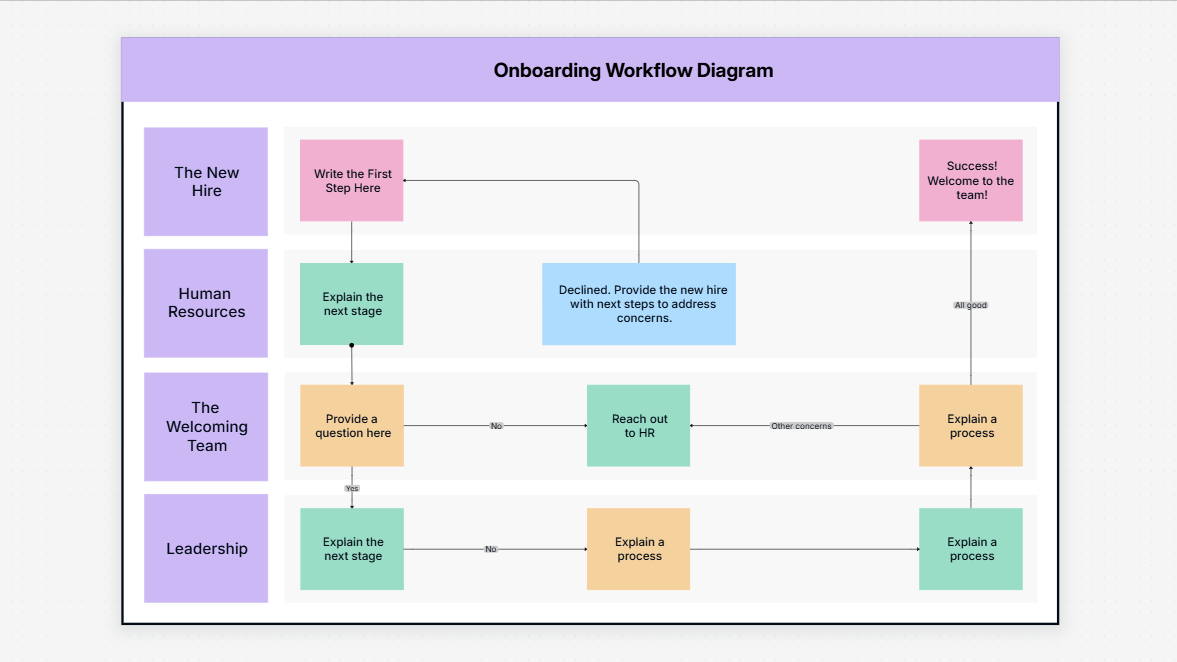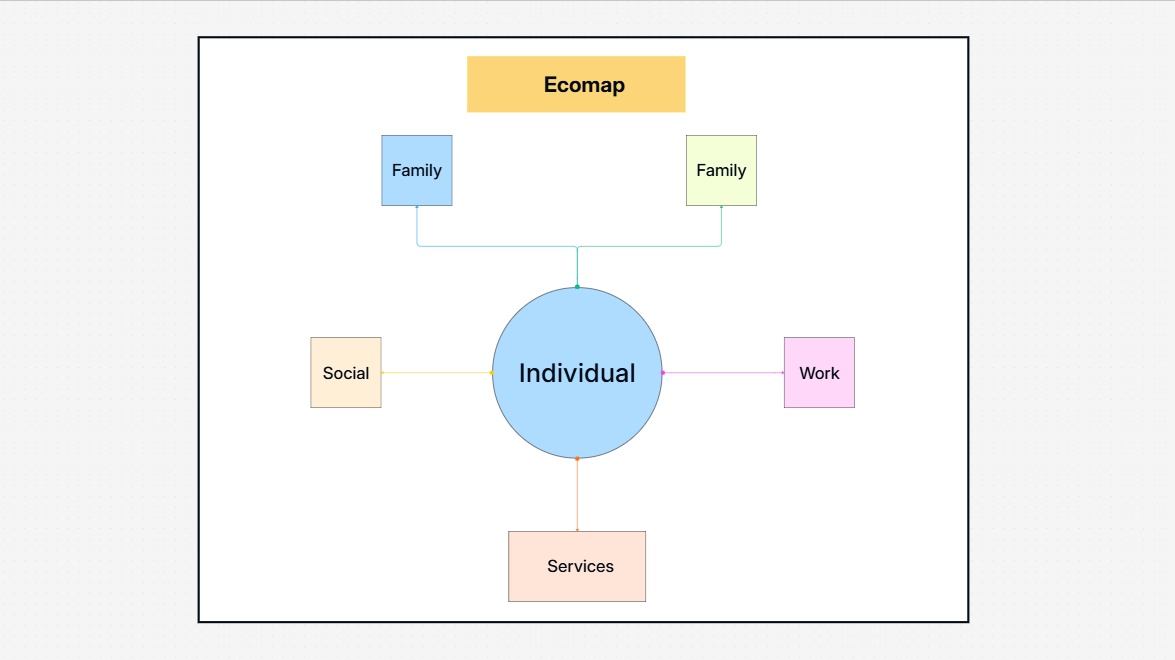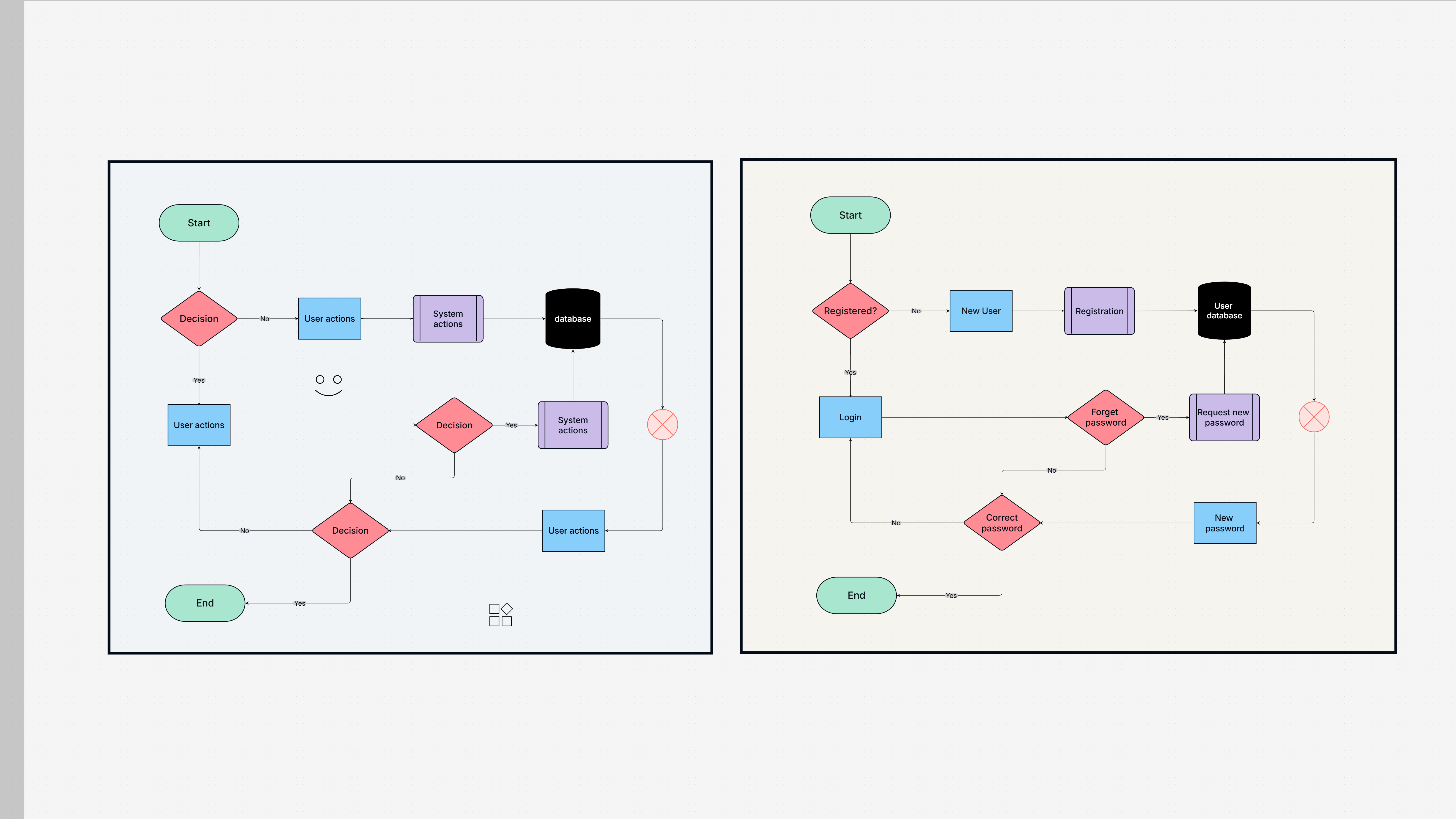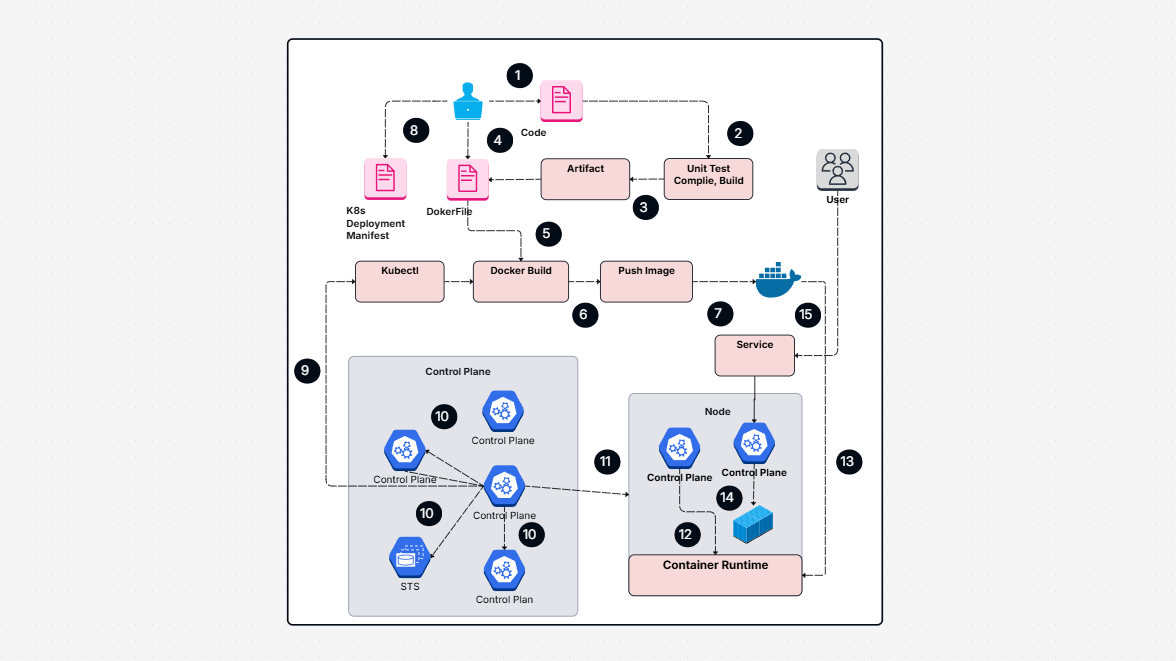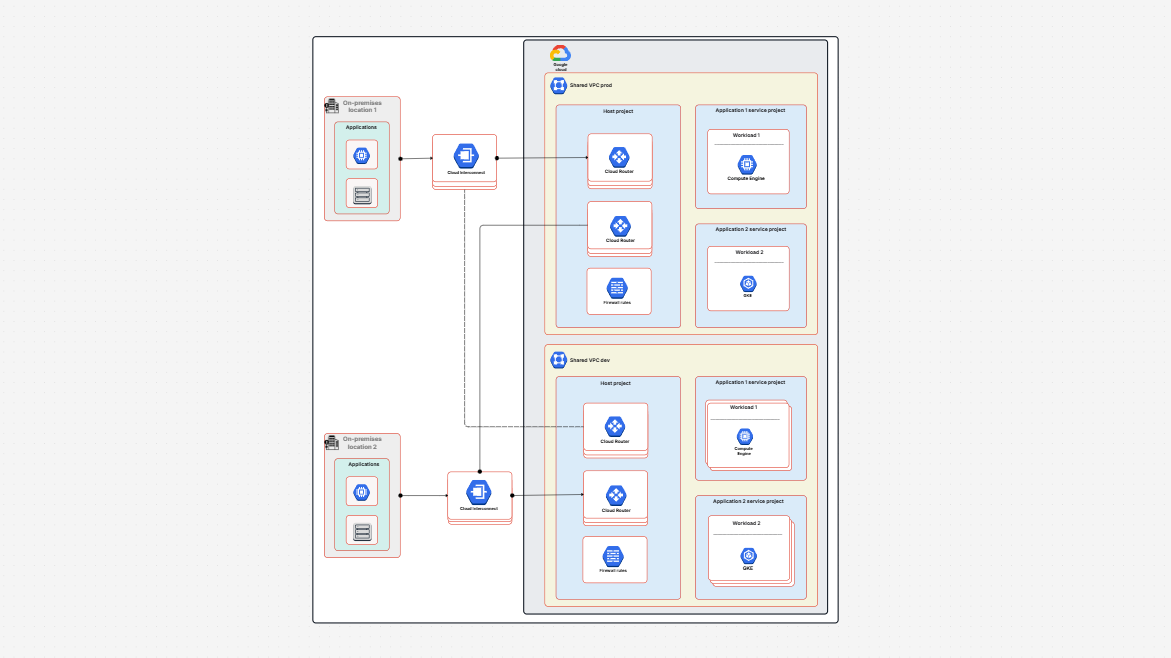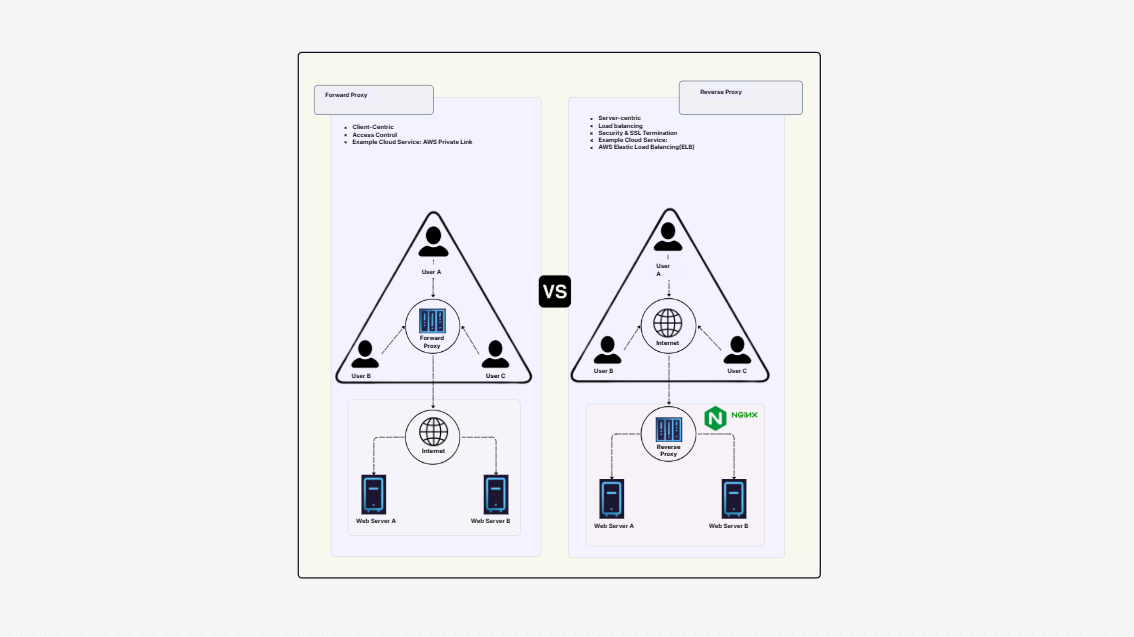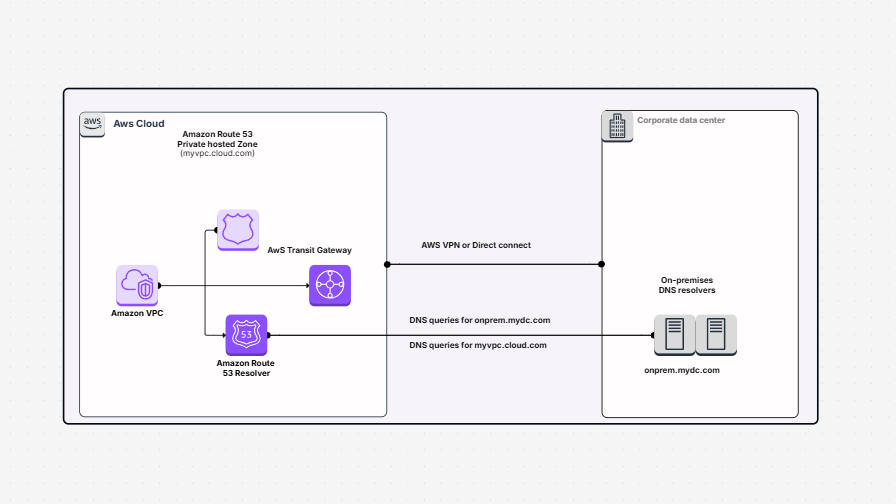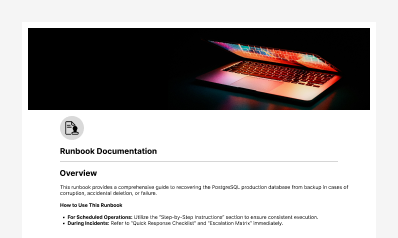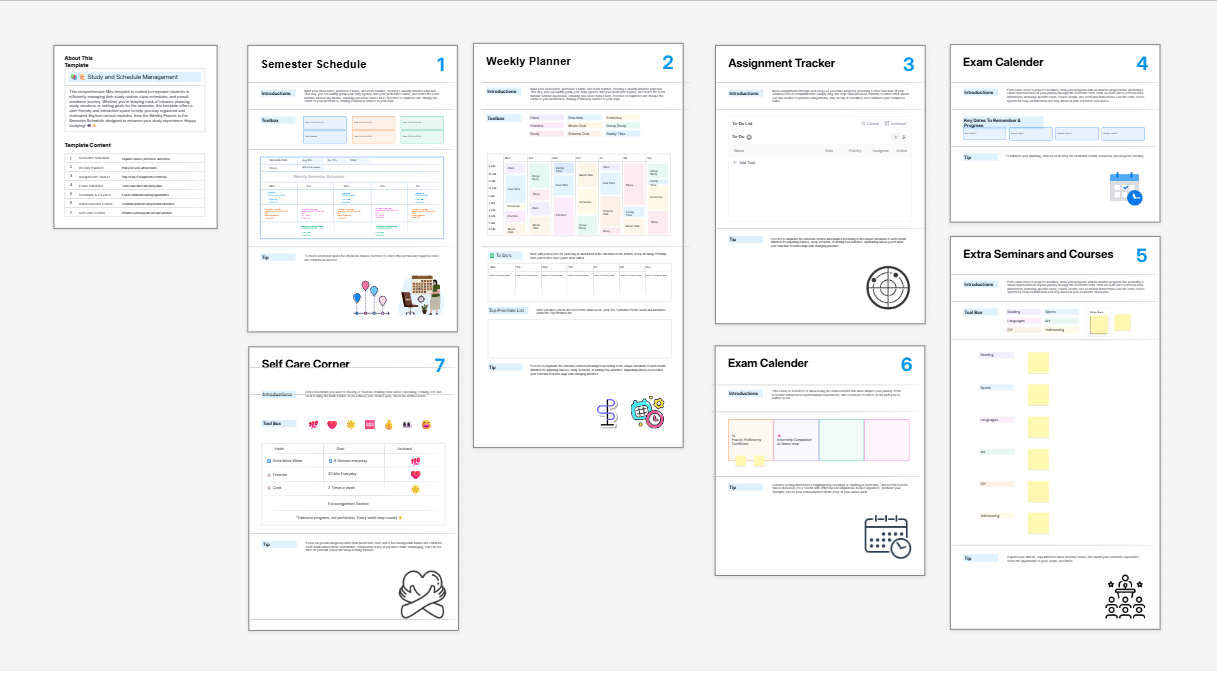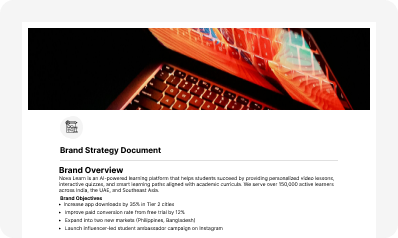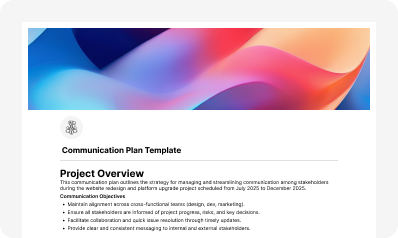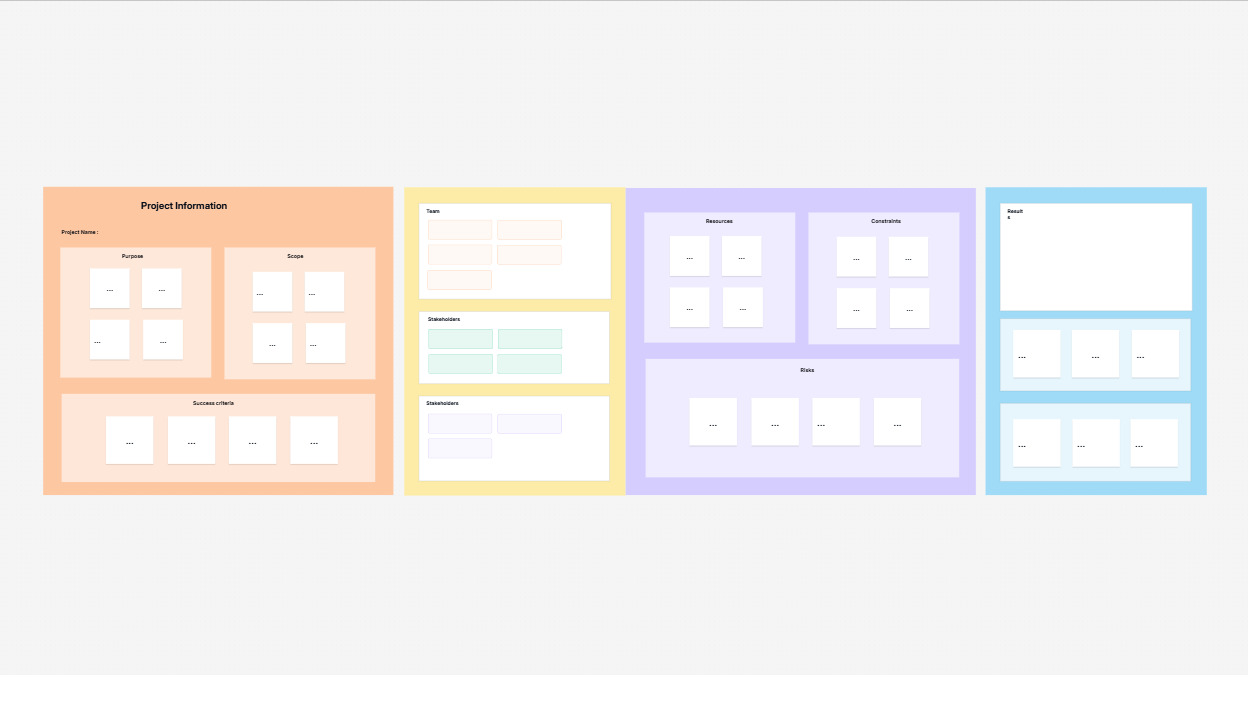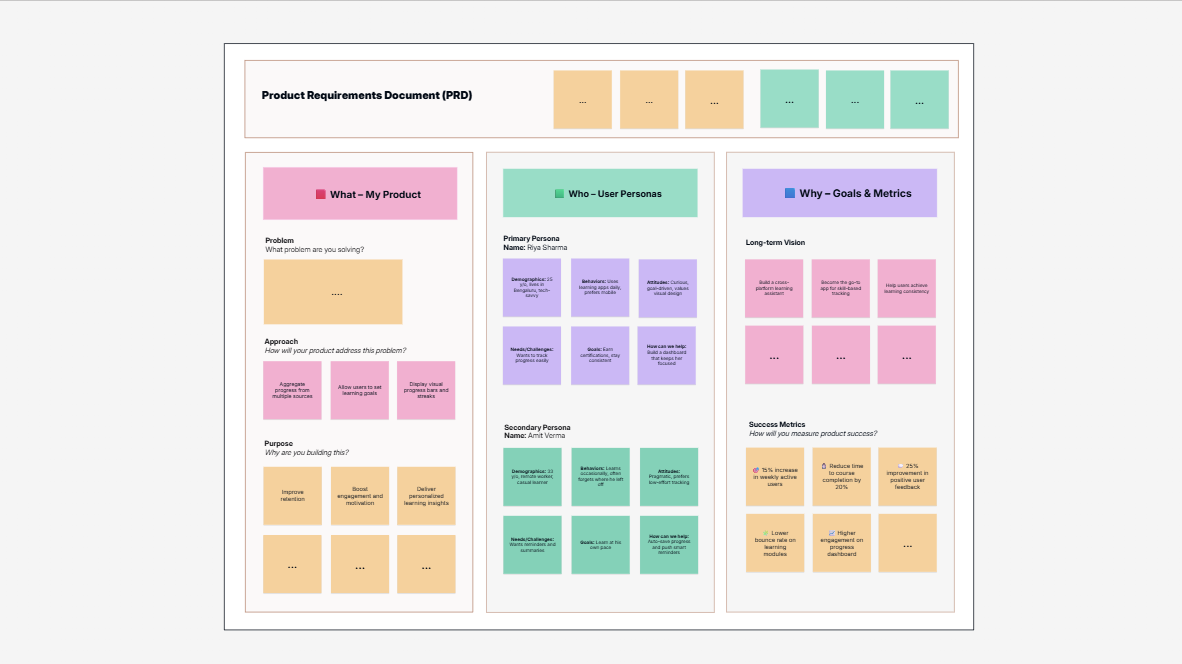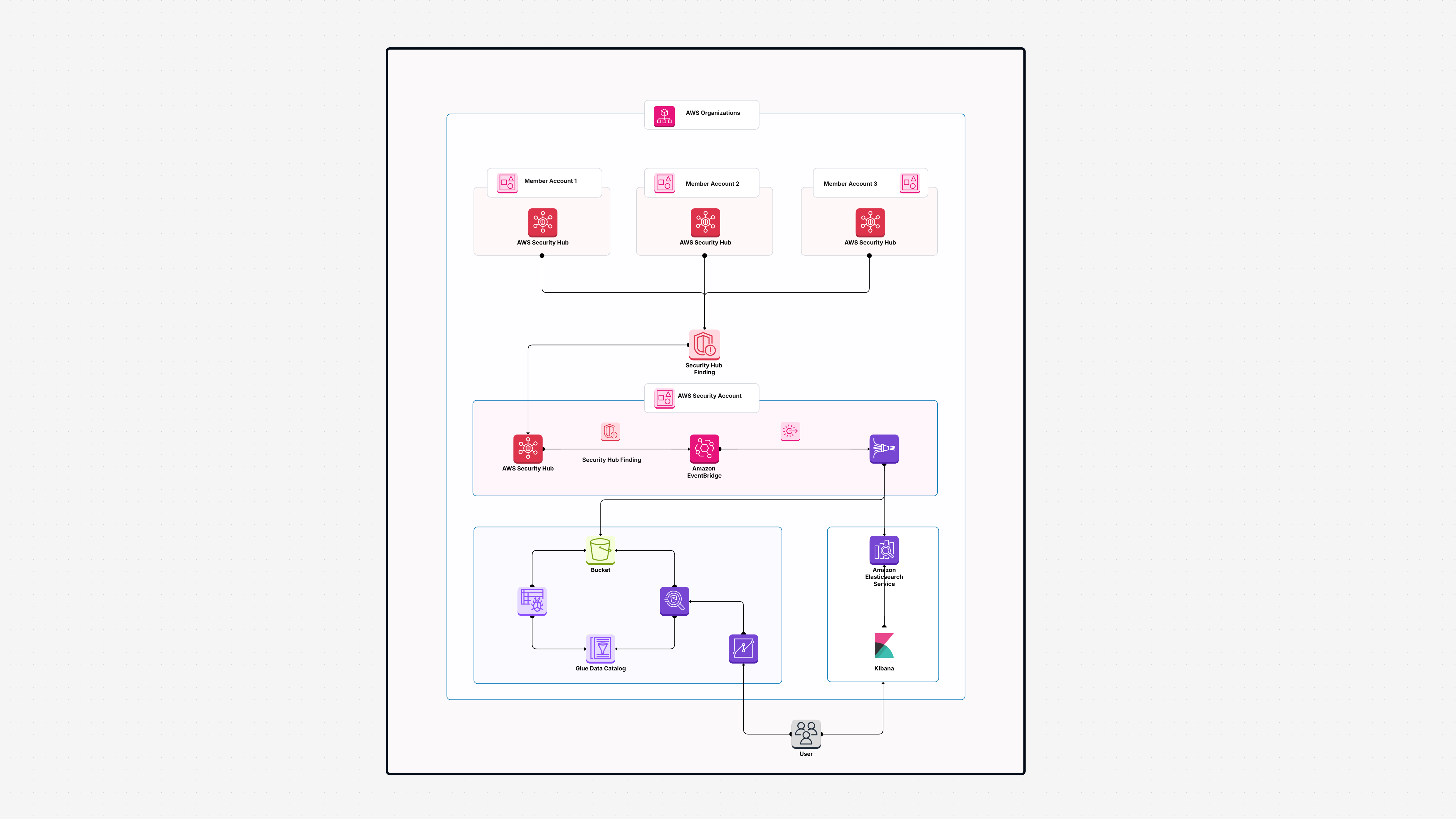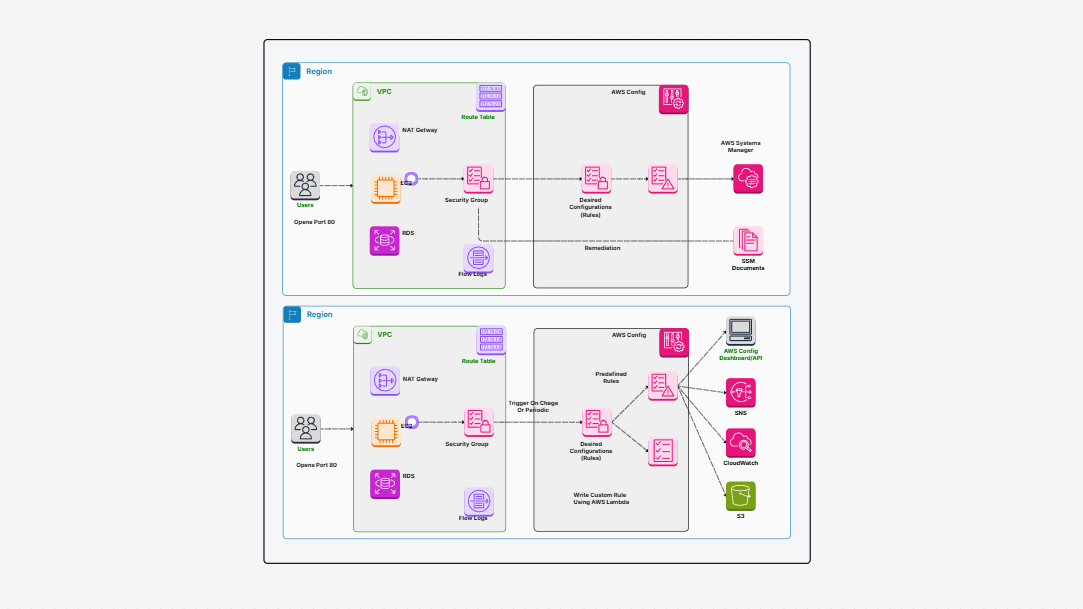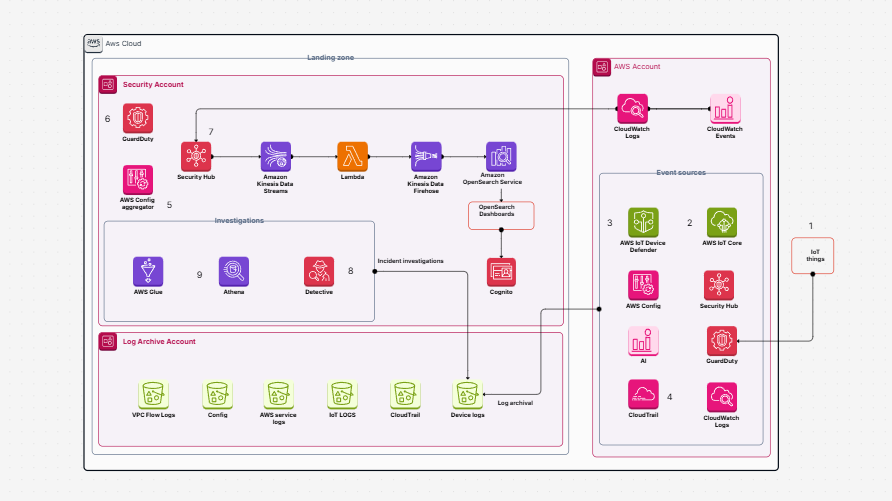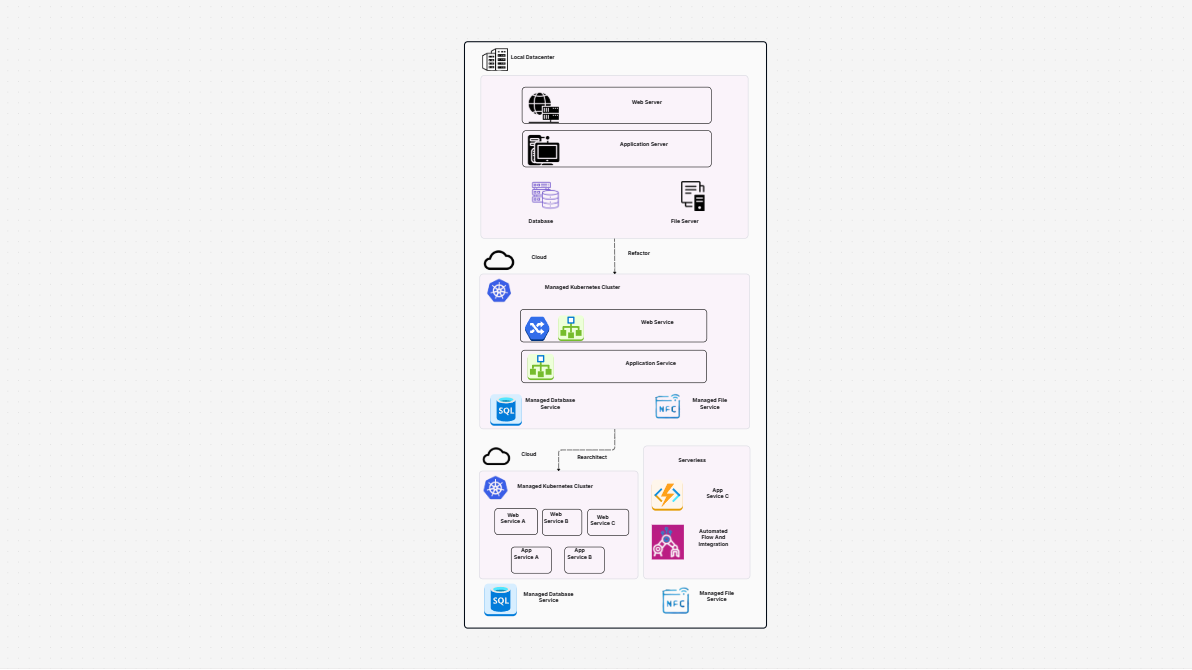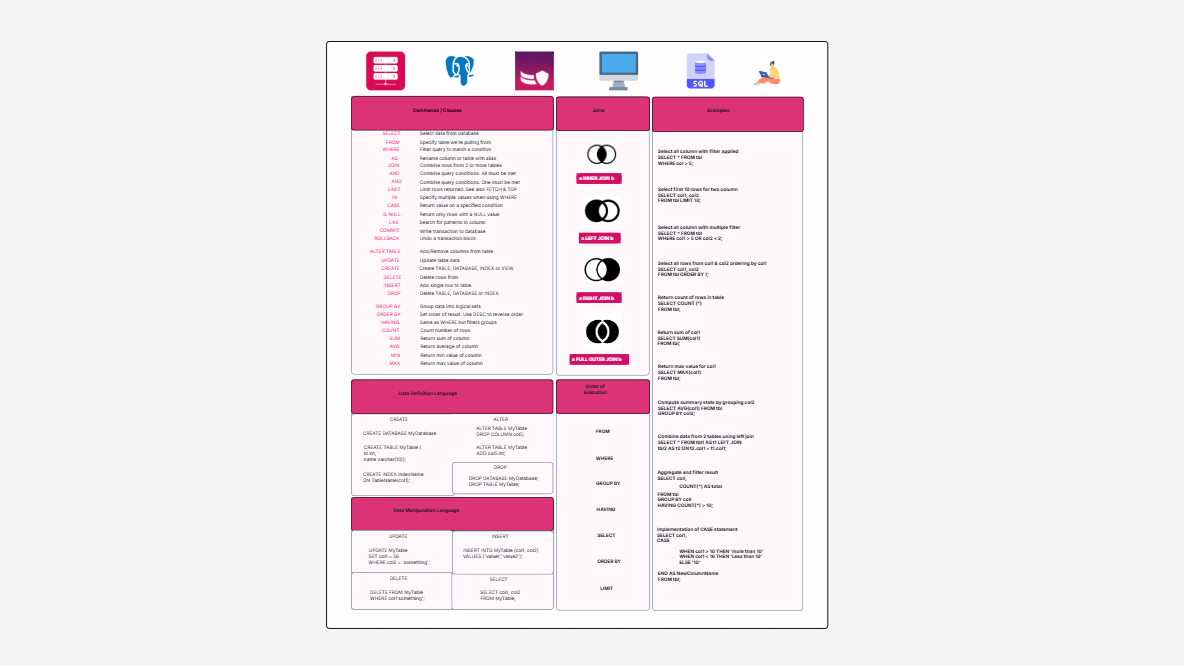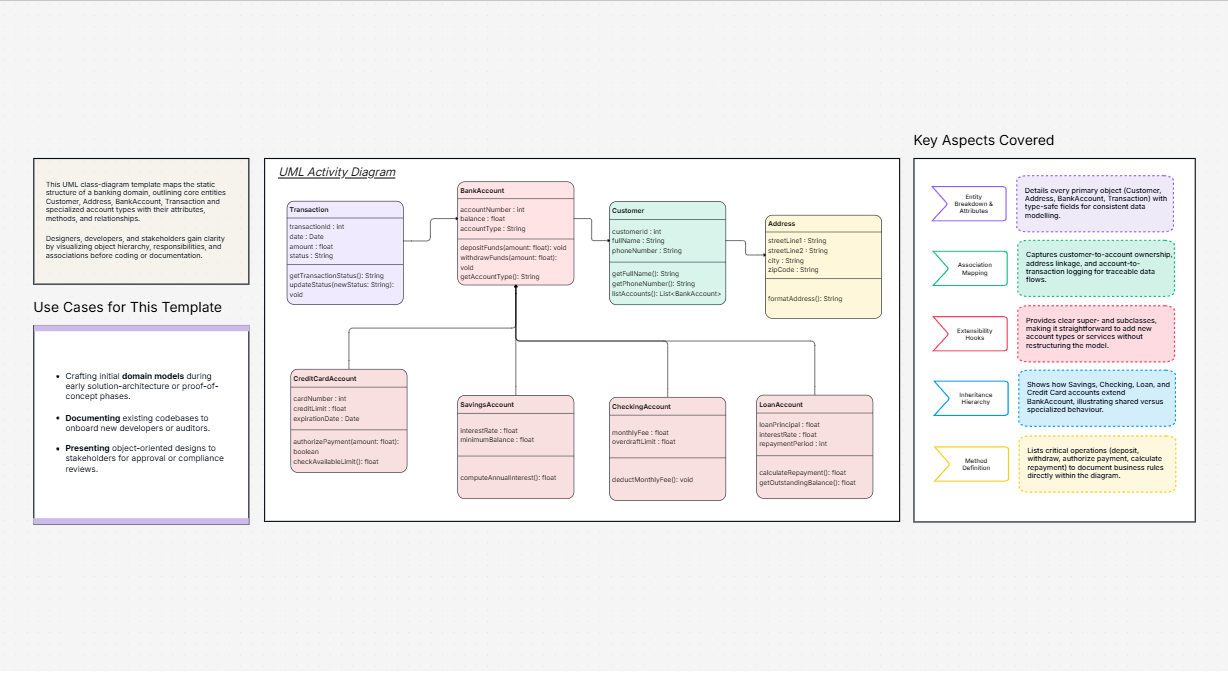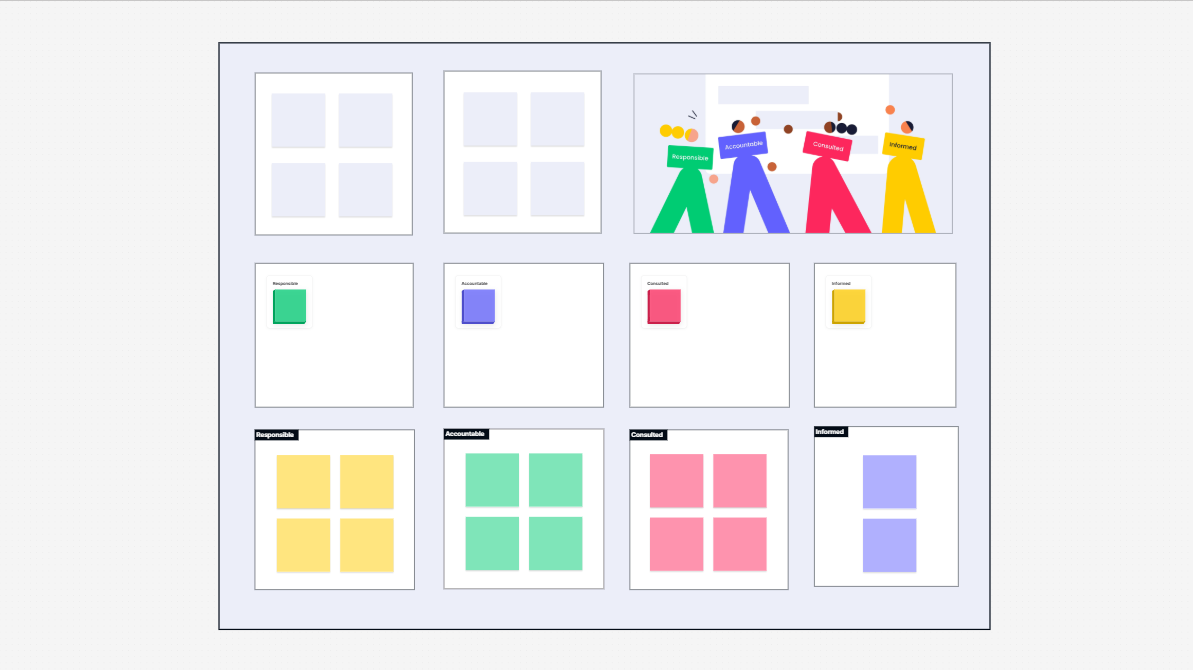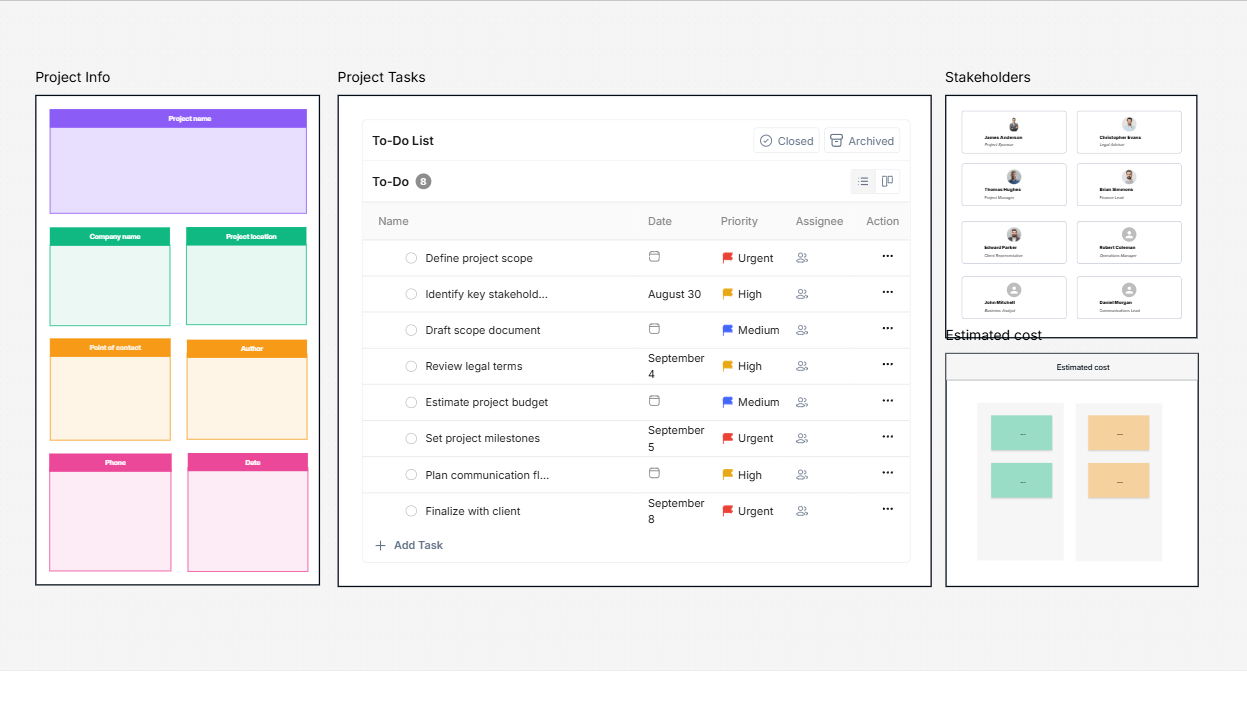WorkHub

What Is This Template About?
With the help of this UML Activity Diagram Template, you can visually arrange everything: In a single, clear diagram, customers connections to accounts and transactions begin, and account types such as savings or loans inherit common behaviors.
What does this template contain?
Daily, you get:
-
Classes with special features and behaviors include Customer, Bank Account, and Transaction.
-
Inheritance paths show how specialized accounts (loans, savings, etc.) expand upon the basic bank account.
-
Relationships that indicate who is involved with what; Customer owns the account, and the account handles transactions.
-
Operation methods that are defined directly within classes include deposit, withdrawal, and authorizePayment.
-
Openness to expand later, without completely repeating everything, and adding new account types or services.
-
Extensive process flows: Decision nodes, forks, and mergers can be used to map any action, including handling a money transfer or opening an account. This enables organizations to create consistent and error-resistant processes by providing detailed modeling of both simple and complex tasks.
Why Use This UML Activity Diagram Template?
-
It eliminates the need for guesswork by enabling you to quickly visualize user interaction and data flow.
-
It creates alignment between engineering, design, and product by mapping the object's structures.
-
It becomes a live blueprint that developers can practically copy into code.
-
Do you intend to add a credit card account later? Simple. Because inheritance allows you to simply plug it in.
-
Developers, QA, or auditors easily understand the big picture, making it ideal for onboarding.
-
Improves compliance and auditing: The template makes sure that regulatory standards can be mapped and validated in regulated industries like banking or healthcare by providing clearly documented flows.
Who can use this?
-
Domain models or proof-of-concepts are laid out by Engineers or Architects.
-
Before writing code, Development teams create system schematics.
-
Product or UX teams interacting logic flow with business stakeholders.
-
Anyone trying to create system documentation or Map user behavior insights.
-
Teachers and trainers: These templates are frequently used by business analysis or software engineering instructors to instruct teams or students unfamiliar with complex systems in best practices modeling.
This is the tool of choice if you're developing a system and want everyone to see how it connects.
Core Components of Diagram
-
Start & End Points
-
Initial node: The solid black dot that indicates the start of the action.
-
The final node, which shows that your process is finished, is either an X inside a circle (flow final) or a bullseye symbol (activity final).
-
Actions or Activities
-
Steps like "Validate account" and "Send confirmation" are represented by rounded rectangles.
-
Control Flow Arrows
-
Tell the story using simple arrows that make the sequence from one activity to the next.
-
Decision and Merge Nodes
-
Decision nodes: branch off (diamonds) depending on conditions, such as yes/no.
-
Paths are united by merge nodes.
-
Join & Fork Bars
-
The flow is divided into parallel paths by forks.
-
Joins bring those paths back into sync so they can continue.
-
Object Nodes & Pins
-
Display data flow, such as the "Payment Details" input/output.
-
Actions have pins attached to them, and object nodes may be positioned between them.
-
Swimlanes (Partitions for Activities)
-
Actions are divided into visual lanes based on who does what, whether it's the system, the support team, or customers.
-
Error and exception handling
-
The diagram can incorporate explicit error handling paths (e.g., insufficient funds, invalid inputs), ensuring that failure scenarios are just as visible as successful operations. reducing ambiguity during both design and review
How to Open it in Cloudairy ?
-
Open the template.
-
Make class boxes for things like customer, address, bank account, transaction, savings account, etc.
-
List the variables and methods for each class, such as calculateInterest() and withdraw(amount).
-
Create relationships by drawing arrows connecting the customer to the bank account and the bank account to the transaction.
-
For specialized accounts under Bank Account, use inheritance lines.
-
If necessary, tag decision shapes, such as how well a transaction is successful or unsuccessful.
-
Indicate who oversees updates, and for reviews, use version control or comments.
-
Teachers and trainers: These templates are frequently used by business analysis or software engineering instructors to instruct teams or students unfamiliar with complex systems in best practices modeling.
-
In-app collaboration: Cloudairy frequently provides version control and real-time commenting, allowing several team members to work together to improve diagrams without confusion.
Summary
Your visualized domain model is the UML Activity Diagram Template, which shows how Customers, Accounts, and Transactions interact in a type-safe, extendable manner. It facilitates UX conversations, speeds up onboarding, adds clarity, and simplifies development.
Related UML diagram Templates
Find templates tailored to your specific needs. Whether you’re designing diagrams, planning projects, or brainstorming ideas, explore related templates to streamline your workflow and inspire creativity
Design, collaborate, innovate with Cloudairy
Unlock AI-driven design and teamwork. Start your free trial today










Design, collaborate, innovate with Cloudairy
Unlock AI-driven design and teamwork. Start your free trial today











